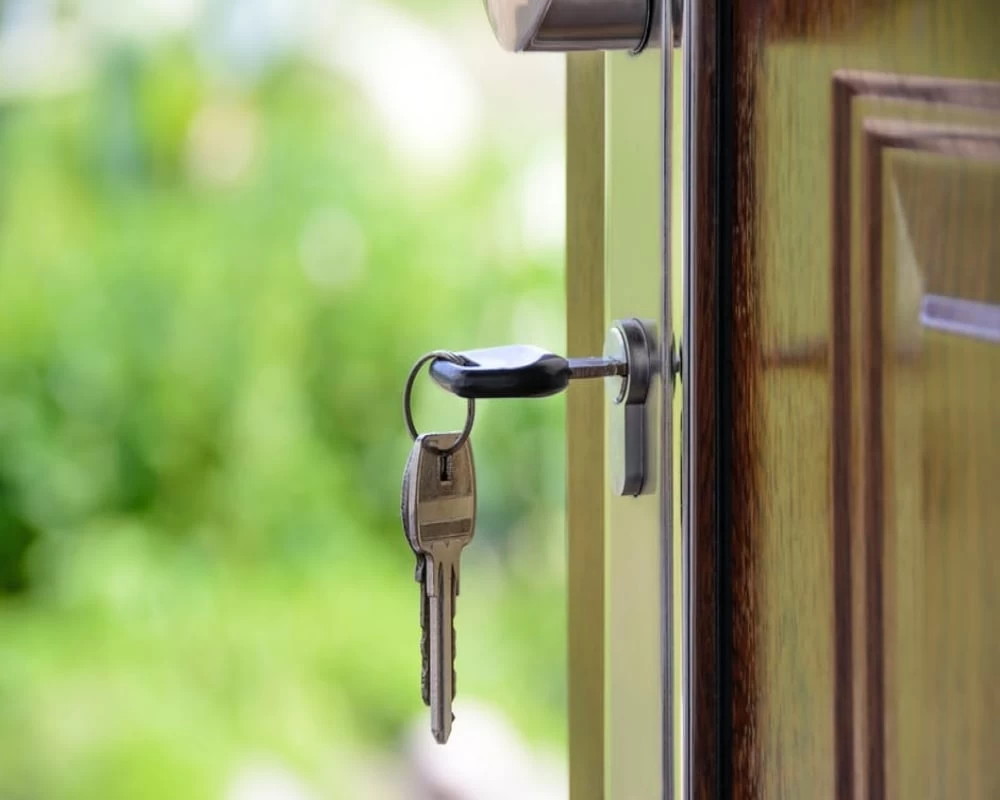5 Additional Costs to Budget For When Buying Property Overseas

Knowing the extra costs and preparing ahead will help reduce the stress of overseas property investing. Much of this boils down to targeted research. However, here is a brief overview of the extra costs you have to face.
Buying property overseas is both an exciting and a frightening prospect. The most frightening aspect is the cost. Most buyers are delving into relatively uncharted lands personally and knowledge-wise, hence they don't really have a 100% certainty about price. There are extra costs lurking here and there and the chief is foreign taxes. Foreign taxes represent the largest share of extra cost for foreign property buyers. It is important to get the advice of a property specialist on property taxes in your destination country. The key to successfully investing in foreign housing is knowing how to budget for extra costs. Putting money down for these extra costs will put you at ease and the remaining specs will come together smoothly.
Additional Costs To Budget For When Buying property overseas
Extra costs can be overwhelming and have the capacity to snuff the life out of your foreign property venture. Preparing ahead is your best bet. You will need to budget for the cost of travelling back and forth, annual carrying costs and in some cases, stamp duty when the property is eventually sold. And combining these costs can add up to 15% of the home's market value. In many cases, additional costs on foreign property investing will fall into these categories:
1. Mortgage Arrangement fees.
Your bank or private lender will charge a fee for arranging funds for your mortgage. These fees will vary according to your mortgage. In some cases, they will be added to your mortgage. You don't want this (so ask upfront). In which case, you will have to pay interest on that amount.
2. Property Purchase Taxes.
· VAT (Value Added Tax): Property owners fail to take this into account. But it is mandatory in many countries. The VAT is similar to a sales tax for property owners in the United States or the goods and services tax that Canadian property owners have to pay.
· Stamp Duty fee (on new properties in some countries) fluctuates relying upon the locale the property is in. It is calculated as the percentage of the price tag which varies but is normally in the range of 0.5% and 1.5% of the price.
· Miscellaneous: In Spain, for instance, when purchasing a property from a private owner, Transfer Tax (ITP, Impuesto sobre Transmisiones Patrimoniales) is paid rather than VAT. The ITP rate differs from place to place, but is in the range of 6% and 10% of the purchase price. In Quebec, there is something called a welcome tax, It usually costs about 1 to 1.5% of the underlying price tag, although the cost generally depends upon the value of the property.
3. Legal fees.
Legal fees also vary from country to country. It is common for Spanish lawyers to calculate their commission for the purchase of a property based on a percentage of the purchase price of the property (generally this is 1%, subject to a minimum fee of around € 1000).
4. Notary fees and Land Registry.
These rates will also depend on the purchase price and the complexity of legal documentation. You can expect to pay around € 750 for land registration fees and € 1,000 for notary expenses.
5. Maintenance.
Beyond the issue of foreign taxes, homeowners should also plan the cost of hiring a property manager to oversee the maintenance problems and concerns of renters, especially if they plan to rent the property year-round.
By investigating all the costs associated with foreign owned property, potential buyers can focus on enjoying their home abroad without having an unexpected blow to their pockets. If a buyer does their research and saves upfront, they can eliminate stress and prevent extra costs from adding up.




